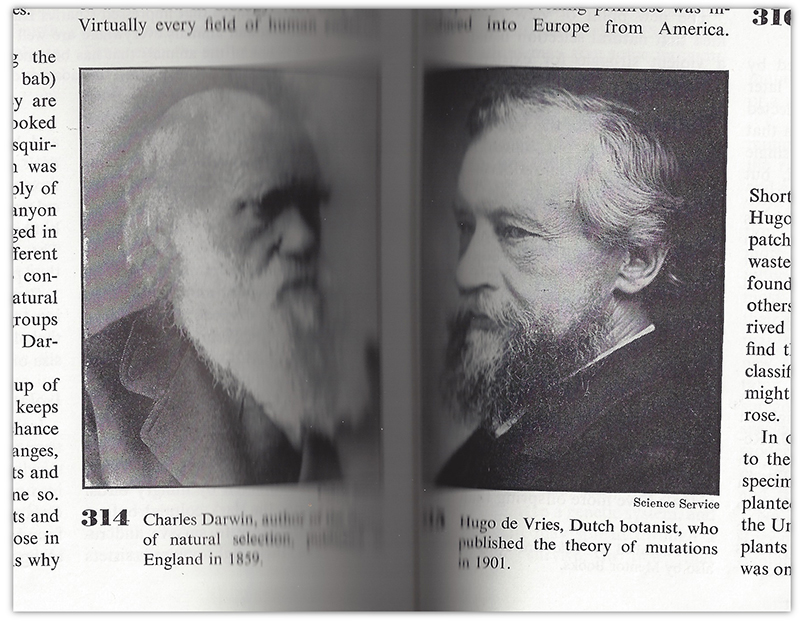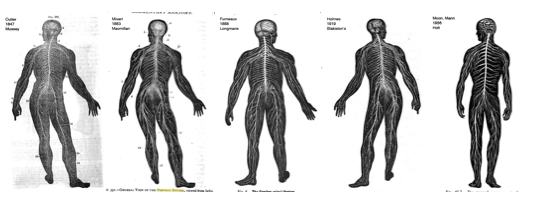 MAD magazine was a rare treat when I was a young teenager, a little expensive and difficult to acquire on a regular basis, but a standard newsstand pickup ahead of road trips and summer weeks away. At the time, the early 1970s, MAD was hitting its highest circulation numbers. Yet its humor always felt weirdly out of step, recycled, even a bit reactionary. Of course that’s partially why I liked it. It was creepy anthropology, a moist record of the guilty id of my older siblings and younger aunts and uncles, subversive if a little toothless.
MAD magazine was a rare treat when I was a young teenager, a little expensive and difficult to acquire on a regular basis, but a standard newsstand pickup ahead of road trips and summer weeks away. At the time, the early 1970s, MAD was hitting its highest circulation numbers. Yet its humor always felt weirdly out of step, recycled, even a bit reactionary. Of course that’s partially why I liked it. It was creepy anthropology, a moist record of the guilty id of my older siblings and younger aunts and uncles, subversive if a little toothless.
The magazine had its culturally relevant bits, like Don Martin’s ononmonpidic explosions and Sergio Aragones’ slapstick marginals, but on balance MAD was weighed down by filler of a sensibility that went out with Eisenhower.
Then there was Alfred E. Neuman.

 Dutch botanist Hugo de Vries gained global fame in the first decades of the twentieth century for being the guy who finally figured out how evolution worked. Today he is all but forgotten. Should he stay that way? Or are their good reasons to remember “dead end” scientific theories and the people who loved them?
Dutch botanist Hugo de Vries gained global fame in the first decades of the twentieth century for being the guy who finally figured out how evolution worked. Today he is all but forgotten. Should he stay that way? Or are their good reasons to remember “dead end” scientific theories and the people who loved them?
